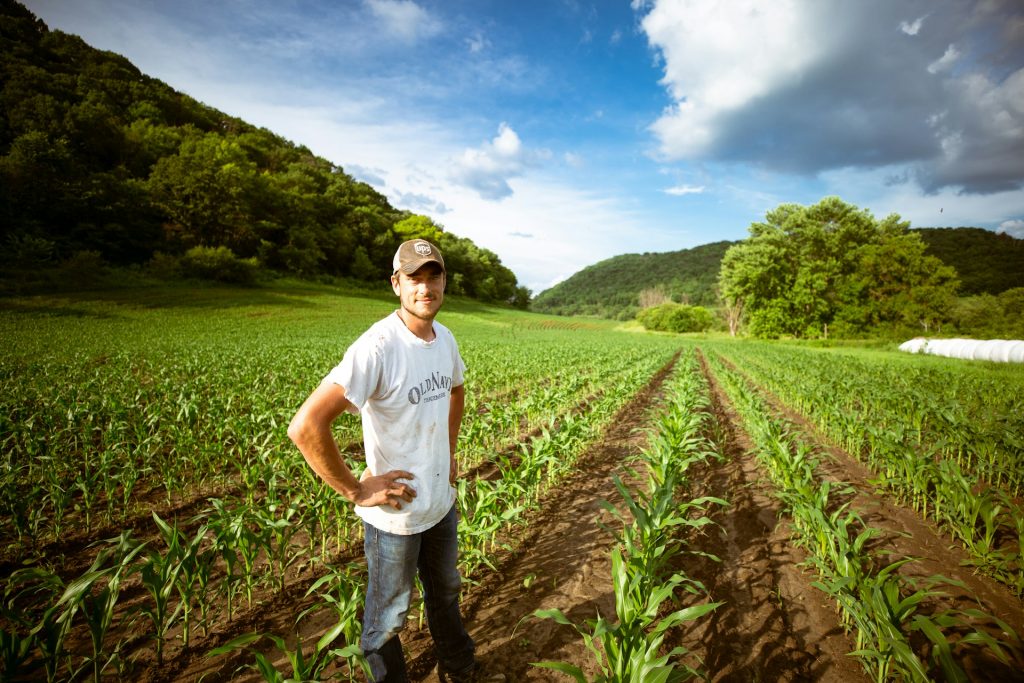
Humans love technology and often we make the mistake of thinking that technology is the only path to innovation.
But there are many examples that prove this is often folly…
The wine industry offers a couple of great examples.
Alternative Wine Innovation Opportunity #1 – Barn Owls
Some vintners in Napa Valley, California are eschewing potentially harmful high-tech rodenticides in favor of fluffy little barn owls to control the local rodent population and to reduce damage to the vineyards. Low-tech or no-tech sometimes provides more sustainable solutions than seemingly convenient high-tech solutions.
Alternative Wine Innovation Opportunity #2 – Music
Mozart in the Vineyard…
A winemaker in Tuscany, Italy has taken to the airwaves to improve the quality of his wines, installing speakers around his vineyard that caress his vines with Mozart during the growing process and the barrels of juice during the winemaking process.
One of the primary benefits of the continuous music is said to be a decrease in the use of insecticides because pests like crickets are forced to leave the area because they can communicate with each other. The music is also said to operate in similar frequencies to running water, causing the grapes to grow better the closer they are to the speakers.
One of the most brilliant parts of the clip is the part where the vintner lets it slip that he has partnered with Bose on the project.
Creating a win-win partnership with a company that might benefit from helping to fund an alternative approach is a great way for an entrepreneurial innovator to reduce the risk and the cost of their experiment.
It is also a great way to work with the partner to create equipment fit for purpose that will ultimately perform better than off the shelf components and for the partner will represent solutions they can use to open up a new market.
Conclusion
Technology is not always the path to innovation, but it is easy to forget this.
It is easy to take shortcuts and not spend enough time finding problems worth solving and to not carefully define the right problem to solve.
Technology is seductive and marketers are skilled at making a technology-based solution seem like the easiest solution or even – the only one. But often, if we keep our minds open and our field of vision spread wide, we may notice low-technology solutions that solve the problem either better or in more sustainable ways or in ways with additional benefits.
So keep your eyes and ears, and all of your other senses, peeled for all potential solutions, not just the high technology ones.
